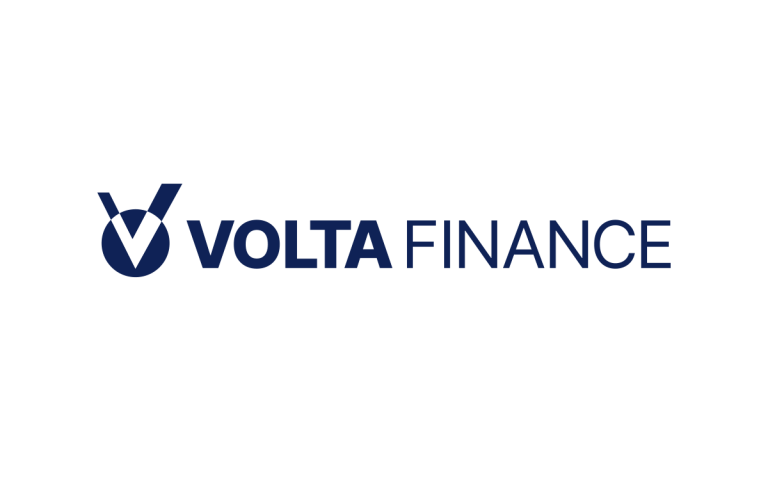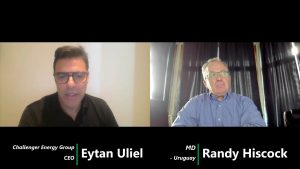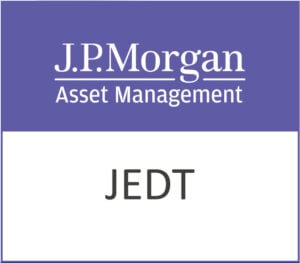Volta Finance Ltd (LON:VTA) is the topic of conversation when Hardman and Co’s Analyst Mark Thomas caught up with DirectorsTalk for an exclusive interview.
Q1: Your recent report sits behind a disclaimer. What can you tell us about that?
A1: It is just the standard disclaimer that many investment companies have. In essence, for regulatory reasons, there are some countries (like the US) where the report should not be read. In the UK, because CLOs are not a simple asset class, the report should be looked at only by professional/qualified investors.
Q2: You called your recent piece ‘The benefits of having AXA IM as the manager’, what can you tell us about it?
A2: In this note, we review the value added to Volta Finance by having AXA IM as the manager.
In particular, AXA IM’s scale in Alternative Credit brings i) greater resourcing, allowing specialist expertise to identify mis-priced opportunities and manage risk, ii) a network with informational advantages, allowing early identification of trends, and iii) business introduction and portfolio opportunities unavailable to smaller players.
Good governance means potential conflicts of interest appear well managed. The bottom line is that AXA IM has consistently outperformed benchmarks, especially in challenging conditions, including the pandemic and GFC.
Q3: So, can you tell us a bit more about AXA IM’s presence in the CLO market?
A3: Across all alternative investments; real estate equity, private debt & alternative credit, and private equity & infrastructure, AXA IM has more than 480 investment professionals in 17 offices and has €185bn assets under management, making it one of the largest worldwide investors in alternatives.
The alternative credit platform was established in 2001, within private debt & alternative credit, it has €85bn+ assets under management, 75+ investment professionals, and is ranked number 1 for European private debt raisings. It has over €22bn in CLO AUM and has invested in CLO tranches since the inception of the market in 1999.
In our view, for VTA investors, this scale is important in terms of what it brings, notably, for front-, mid- and back-office expertise, information flows and near-unique business opportunities.
Q4: In plain English, what does this scale bring to the investors?
A4: It brings specific expertise in understanding cashflows, CLO manager competence, deal structuring. AXA IM’s scale means it can invest in risk, accounting, treasury, legal functions generating less volatile returns than market.
As AXA IM is a CLO manager, it gives insight into how other CLO managers behave, as well the expertise of a broad Alternative Credit investment team. We see benefits to both volume and pricing for business introductions. It limits key personnel so one team member can leave, like the recent retirement of the previous front man, but the trust is not affected.
As you would expect AXCA IM and the fund have good governance controls over potential conflicts of interest.
Q5: What evidence do you have that this all adds value in practice?
A5: The proof of the pudding is in the eating and in our note, we note for example the outperformance of AXA managed CLOs against the market, the lower volatility of these returns, and how the CLOs Volta invests in have had a much lower failure rate of critical key tests.
Not only have we seen outperformance by the type of CLO asset, but the AXA IM team has added value via the active management of the allocation between asset classes. All of this feeds through to the 20%+ annualised cash return on NAV we have seen through 2023.
Q6: What about the risk?
A6: CLO structures have multiple risk-enhancement features. Cash is retained in SPV/used to repay investment-grade debt if the level of collateral or interest cover falls below set levels.
AXA IM’s skill in picking good managers was shown early in the pandemic, when ca.20% US CLOs saw cash diversion, and the fund had none. There are multiple income, risk and concentration tests that maintain that an ongoing risk profile of SPV is within known parameters. There is less of a maturity mismatch, with interest and principal repayments from assets matching CLO liabilities. Assets are backed by good-quality security.
The end result is shown by the absence of any CLO investment-grade defaults over 2012-21, and losses under the Fed stress-test scenario were just 1/35th the level of corporate loans.











































